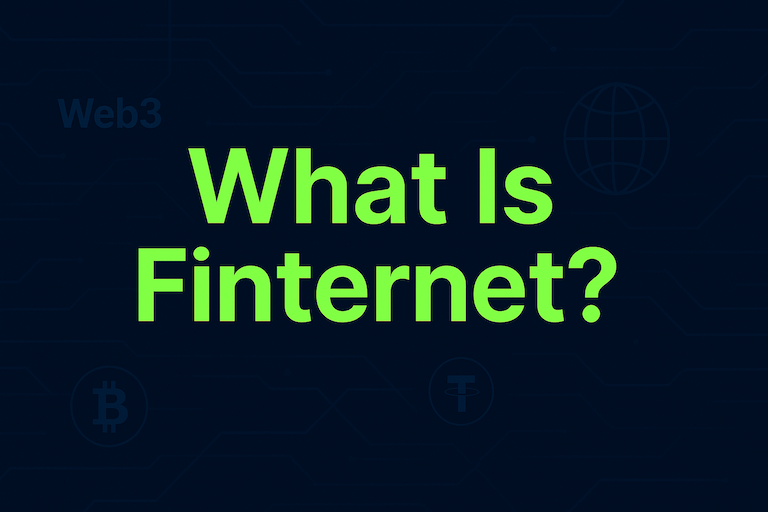What are perpetual futures contracts?
Mar 24, 2025
Perpetual futures contracts have become a popular instrument in the world of cryptocurrency trading. These financial derivatives allow traders to speculate on the future price of an asset without an expiration date, offering unique opportunities and risks. Unlike traditional futures contracts, perpetual futures are designed to be held indefinitely, which can lead to a different set of dynamics in the market. This blog post will delve into the mechanics of perpetual futures contracts, their benefits and risks, and how they differ from other trading instruments. By understanding these contracts, traders can better navigate the complexities of the crypto market.
Understanding Perpetual Futures Contracts
Perpetual futures contracts are a type of derivative that allows traders to buy or sell an asset at a predetermined price without a set expiration date. This means that traders can maintain their positions indefinitely, as long as they meet the necessary margin requirements. The absence of an expiration date is a defining feature that distinguishes perpetual futures from traditional futures contracts, which have specified settlement dates. This flexibility can result in increased trading volume and liquidity, making perpetual futures an attractive option for both short-term and long-term traders. However, it also introduces unique risks that traders must carefully consider.
They are designed to track the underlying asset's price closely.
Traders can leverage their positions, potentially magnifying both gains and losses.
Funding rates are used to maintain the price of the perpetual contract in line with the underlying asset.
Traders must be aware of margin calls, which can lead to forced liquidation of positions.
These contracts can be used for hedging or speculation, depending on a trader's strategy.
Key Features of Perpetual Futures Contracts
One of the most notable features of perpetual futures contracts is their funding mechanism, which is crucial for their operation. Since there is no expiration date, a system of periodic funding payments is employed to ensure that the contract price remains anchored to the underlying asset's spot price. This funding rate is typically paid between long and short position holders, depending on market conditions. When the perpetual futures price is above the spot price, long position holders pay short position holders, and vice versa. This system incentivizes traders to keep the contract price aligned with the market price.
Funding rates are calculated and applied at regular intervals, usually every few hours.
Traders should regularly check funding rates to understand potential costs or earnings.
High funding rates can indicate a bullish market sentiment.
Negative funding rates can suggest a bearish outlook among traders.
Understanding the funding mechanism is essential for effective trading strategies.
Benefits of Trading Perpetual Futures Contracts
Traders often find perpetual futures contracts appealing due to several advantages they offer. The ability to hold positions without worrying about expiration allows for greater flexibility in managing trades. This can be particularly beneficial in a volatile market like cryptocurrency, where prices can swing dramatically over short periods. Additionally, the leverage provided by perpetual futures can amplify potential returns, enabling traders to enter positions with a fraction of the capital typically required. However, leveraging can also increase risk, making it crucial for traders to implement sound risk management strategies.
Flexible trading opportunities without the pressure of contract expiration.
Increased liquidity, as many traders participate in perpetual markets.
The potential for high returns through leverage.
Opportunities for both hedging and speculative trading.
A chance to capitalize on price movements in a 24/7 market.
Risks Involved with Perpetual Futures Contracts
Despite their advantages, perpetual futures contracts carry significant risks that traders must be aware of. The most prominent risk is the potential for substantial losses, especially when using leverage. A small market movement can lead to margin calls or liquidations, wiping out a trader's investment quickly. Additionally, the funding rates can add unexpected costs, particularly in volatile market conditions. Traders must also consider the market's liquidity, as low liquidity can lead to slippage when entering or exiting positions. Understanding these risks is vital for anyone looking to engage in perpetual futures trading.
High leverage can lead to significant financial losses.
Margin calls can occur if the market moves against a trader's position.
Funding rate fluctuations can impact overall trading profitability.
Low liquidity can result in slippage, affecting trade execution.
Emotional trading can exacerbate risks, leading to poor decision-making.
Conclusion
In summary, perpetual futures contracts are a powerful tool for cryptocurrency traders, offering unique features that set them apart from traditional trading instruments. Their flexible nature, combined with the ability to leverage positions, can create lucrative opportunities. However, these benefits come with inherent risks, including the potential for significant losses due to market volatility and the complexities of funding rates. As the cryptocurrency market continues to evolve, traders who take the time to understand these contracts will be better equipped to make informed trading decisions.
Start your safe cryptocurrency journey now
Fast and secure deposits and withdrawals, OSL safeguards every transaction !


